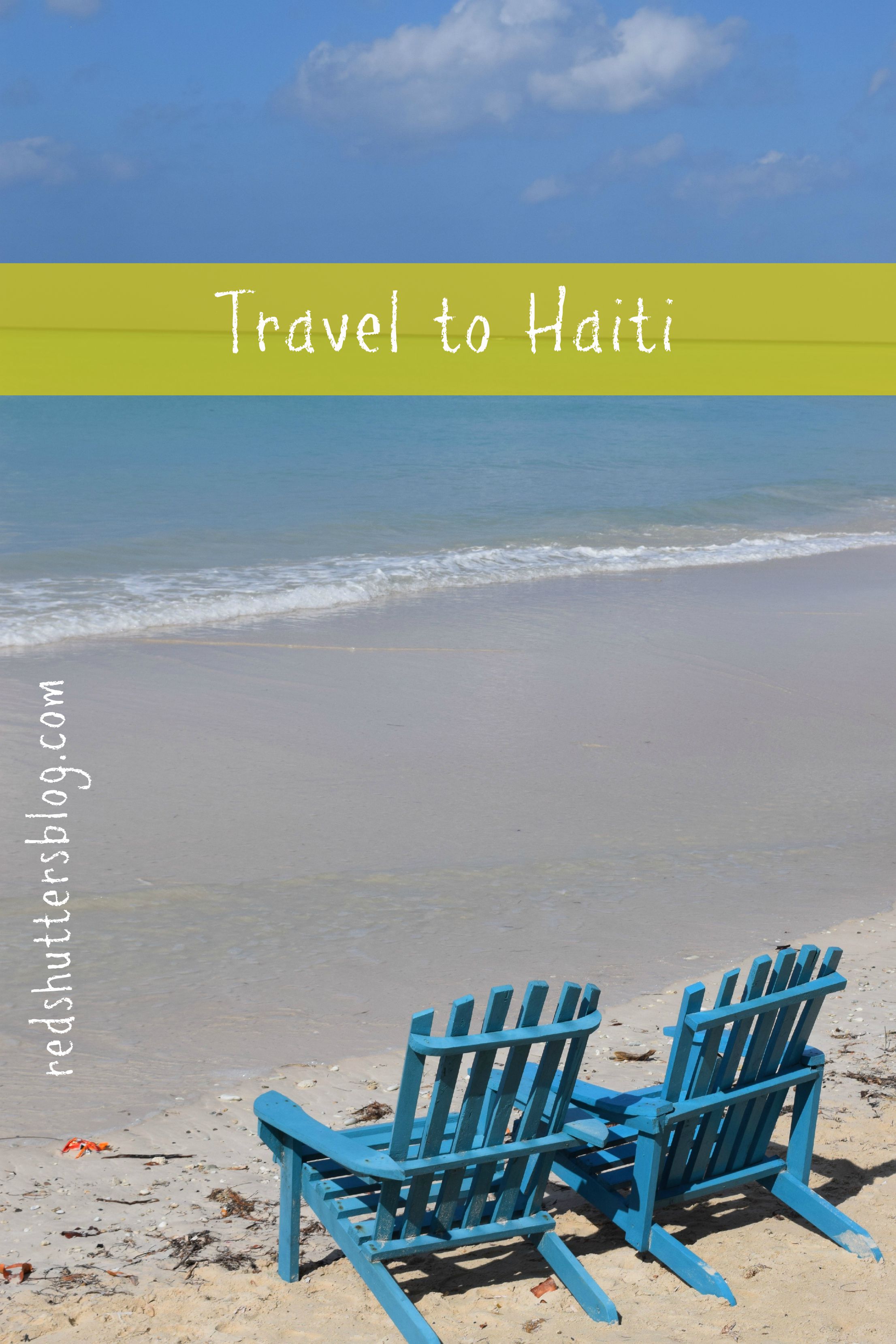 This is a much-overdue post about my family’s visit to Haiti earlier this year. I can’t believe it’s taken this long (five months!) to share it here on Red Shutters.
This is a much-overdue post about my family’s visit to Haiti earlier this year. I can’t believe it’s taken this long (five months!) to share it here on Red Shutters.
In February, my husband and I took our kids, five-year-old G and seven-year-old R, to Haiti for their school break. We were met with a lot of “You’re going where?” questions from friends, as Haiti is an atypical travel destination for a family with young children. It’s probably an atypical destination for a lot of people. My sense is that most people heading to Haiti from the United States these days are Haitians visiting home, aid workers on assignment, or volunteers on a service trip. We were going for a different reason: vacation.
I’ll be completely honest: Haiti would not have been my first choice for a vacation, but family members relocated there last year, and the pull of a quick plane ride to see them, after many years when they lived on the other side of the globe, was enticing. My apprehension stemmed from concerns about Haiti’s stability after the 7.0 earthquake that devastated the country in 2010 and the wisdom of taking of young children to a developing country with such deep and unsettling poverty. According to the World Bank, “Haiti remains the poorest country in the Americas and one of the poorest in the world (with a GDP per capita of US$846 in 2014).” Additionally, “more than 6 million out of 10.4 million (59%) Haitians live under the national poverty line of $2.44 per day and over 2.5 million (24%) live under the national extreme poverty line of $1.24 dollar per day.” In case you read that sentence too fast, 83% of Haitians live on $1.24 to $2.44 per day.
But, my husband and I have a strong commitment to raising children who are good global citizens, people who are aware of the way others around our world live, are respectful of other cultures and traditions, and make choices about their lives that improve our world. Bringing them to Haiti, therefore, was a step toward that goal. So, we went.
Traveling to Haiti from the United States is easy, especially if you live on the east coast. Flights go regularly from Miami and New York, and Jet Blue runs a direct flight between Port au Prince and Boston in the summer. Because we were going in the midst of the season of never-ending snow, we flew to John F. Kennedy Airport on an evening flight, staying overnight at an airport motel. We picked up our flight to Haiti in the morning. We made the decision to stay overnight in New York because we were concerned that an unexpected blizzard would derail our plans (we figured the time between our two flights would allow us to drive to New York if the flight out of Boston was cancelled). With all the flights that were delayed or cancelled this winter due to snow, it was a wise decision—though, of course, it didn’t snow at all on our travel days.
Arriving in Haiti was a shock—a weather shock. As you would imagine, on an island in the Caribbean (outside of hurricane season), the weather was perfect: sunny, warm, with tropical breezes galore. It’s hard to imagine now, in the middle of July, how much we needed the sun; the winter in New England, with its endless snow, had us confident we’d never see another day that didn’t feature ice and below zero temperatures. I saw my children and husband glow in that warmth, not unlike a flower uncurling itself in the first rays of spring.
Our Haiti-based family—my brother-in-law, sister-in-law, and nephews—live in Port au Prince, high in the hills of the city, the ocean on the horizon with the mountains a quick trip away. The ride from the airport to their home across the city gave an immediate introduction to Haiti. We traveled up and down winding, narrow roads, over potholes, and past buildings in ruin. We saw children in crisp uniforms walking home from school, elaborately painted tap taps (or shared taxes) pushing through traffic, and pick up trucks emblazoned with the logos of aid organizations maneuvering through Port au Prince’s almost impossible traffic.
The kids were enthralled with the palm trees and being with their cousins. We could have taken them anywhere (including our own backyard) to be with their cousins and it would have been the perfect trip for them. R and G love them so much. Those connections are what made this trip—really any trip—the most memorable, the most important.
We began and ended our trip with time in Port au Prince and its environs. That meant we had the chance to learn about where our family now lived and what their lives are like in this new country. At the time of our visit, they had only been in country for a few months; much of Haiti was still unfamiliar to them. I accompanied my sister-in-law to the grocery store in her predominately expat neighborhood one day; I was so curious what I’d find on the shelves. Sure enough, I spotted many American favorites, including boxed macaroni and cheese and potato chips, as well as foodstuffs from Europe and Haitian delicacies, such as peanut butter, ketchup, sugar, and rum, all of which we brought back to share with friends. Why these items, you ask? We liked the chance to have a tangible way to share a bit of our trip with people back home. And they are tasty–and a bit different than we we buy in the US. For example, Haitian peanut butter is spicy, which brings a real kick to PB&J. Haitian ketchup is free of the corn sugar and preservatives we see in many American brands and consequently more flavorful. The sugar and rum are key elements of tasty rum sours, which became the staple cocktail of our trip.
While in Port au Prince, we took a day trip to Ferci, an area in the mountains outside of the city that is a draw for many due to its cool air and the freedom it offers from the intensity of the city. There we hiked, and ate a meal of Haitian cuisine at the Ferci Lodge (accra, Haitian fritters, being our favorite). The best part was driving to Ferci and back, seeing different homes and communities. Later, my husband and I were fortunate to join my brother-in-law and sister-in-law for dinner at the home of new friends, members of a Haitian family that has long resided in Port au Prince. Several of the hosts’ friends joined the meal, too, and we sat around a large table—more than a dozen Haitian scientists, business people, and government personnel—along with a few expats, discussing everything from Haitian history and the differences between living in the US and Haiti, to art and travel. It was a true highlight of our trip and gave us much appreciated chance to connect with people who call Haiti home.
Our visit coincided with Haiti’s Carnival, the festive season before the start of Lent. It’s an intense time of partying, parades, and general upheaval. There are serious concerns about crime and safety—and, in fact, during this year’s Carnival in Port au Prince, people died when their parade float came into contact with electrical wires—so those Haitians not participating in the celebrations stay home, away from the traffic and crowds, or, like us, leave the cities altogether. We headed west to Port-Salut, a small beach town on the Caribbean Sea.
We drove out of Port au Prince through the Marche de Fer, the city’s busy market where you can buy anything from seafood to shoes. I’ve traveled a fair bit in my life, including to many developing country, but I still was stunned by the market. There was trash everywhere, clogging up drain areas and piled up in the street. My children, who were largely oblivious to how different Haiti was from the US (though they still talk about how their cousins have a security guard at their house), noticed the trash, too.
“Why is there so much trash, Mama?” asked my son.
“Well, honey, the people here don’t have trash and recycling pick up at their homes like we do,” I said.
“Why not? Why don’t they recycle?”
Thinking back to the statistics I had read about Haiti, I tried to explain. “Many people don’t have a lot of money. They work hard to get food and a place to live. Because of that, recycling and taking care of trash aren’t priorities for them,” I answered.
R looked at the car window; I could tell he was trying to reconcile that information with how we live our lives in the US. We drove past houses made out of tin and cinder blocks, and I could see that he, and his sister, didn’t understand that those were homes. Trash, however, was something tangible, and despite it being an odd entre into a conversation about poverty, I could see that my son’s perspective was changing. I, too, learned from that exchange: important conversations can happen with kids at any time.
The drive to Port-Salut was long, taking several hours, but it gave us an up close opportunity to see more of Haiti. We drove through small villages and mid-sized towns, and past farms and homes. We followed the ocean for some time, turning inland and finally across the country to end in sleepy Port-Salut. We stayed right on the beach in a small hotel with inconsistent electricity and a small restaurant in the sand. The kids ran out the door of our room into the clear, blue Caribbean Sea, shrieking with joy and diving under the water. The waves lulled us to sleep at night.
Our time in Port-Salut was filled with swimming, walks along the beach, catching up with family, and eating. We had a relaxing dinner at Les Trois Tables, a restaurant run by an expat who cooks local specialties using fresh ingredients with a definite Haitian flair. It’s a must-visit spot should you find yourself in Port-Salut. Another spot we enjoyed was Ile à Vache (or cow island). We spent a day there at Abaka Bay Resort. We swam in the crystal blue water, and the kids snorkeled. A day in the sun, after the boat ride to the island, left the kids with that perfect fall-asleep-the-moment-their-heads-hit-the-pillow exhaustion, a hallmark of a good vacation.
Our trip in Haiti ended with a short stay back in Port au Prince, and then we returned to wintery New England. Since our visit, our extended family has explored more of Haiti, seeing highlights like Jacmel and Cap-Haïtien, both of which are popular destinations for travelers.
Will we return to Haiti? I’m not sure. There are plenty of places still to see in the world, and I’d be more inclined to visit someplace new than to return. But never say never, as they say. After all, for all of Haiti’s challenges, it is filled with warm, welcoming people and great beauty.
For those interested in learning more about Haiti, I recommend reading The Big Truck That Went By: How the World Came to Save Haiti and Left Behind a Disaster by Jonathan M. Katz, a book about the 2010 earthquake and its aftermath. It also features an overview of Haitian history and recent political changes.
Disclosure: This post contains affiliate links; learn more here.


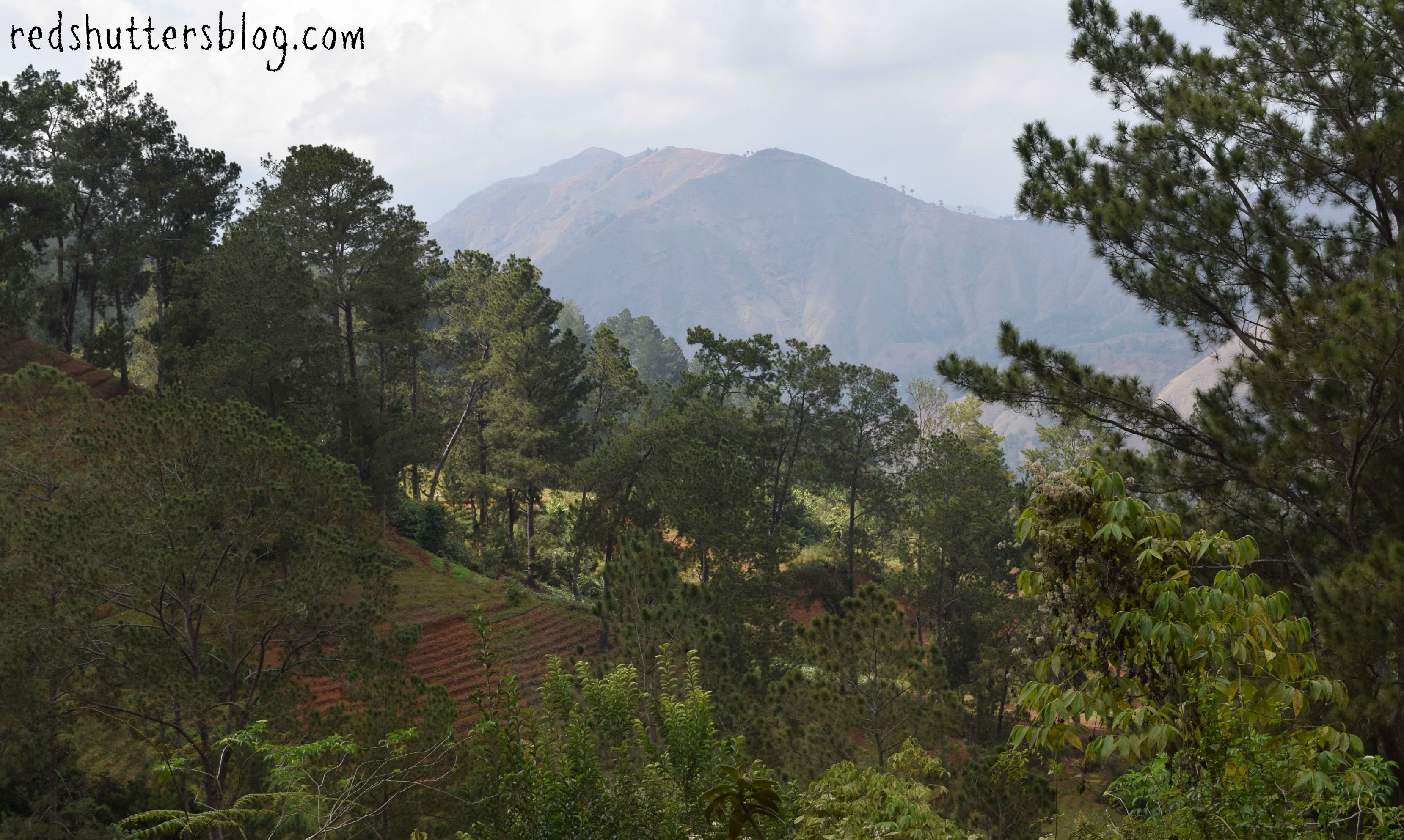
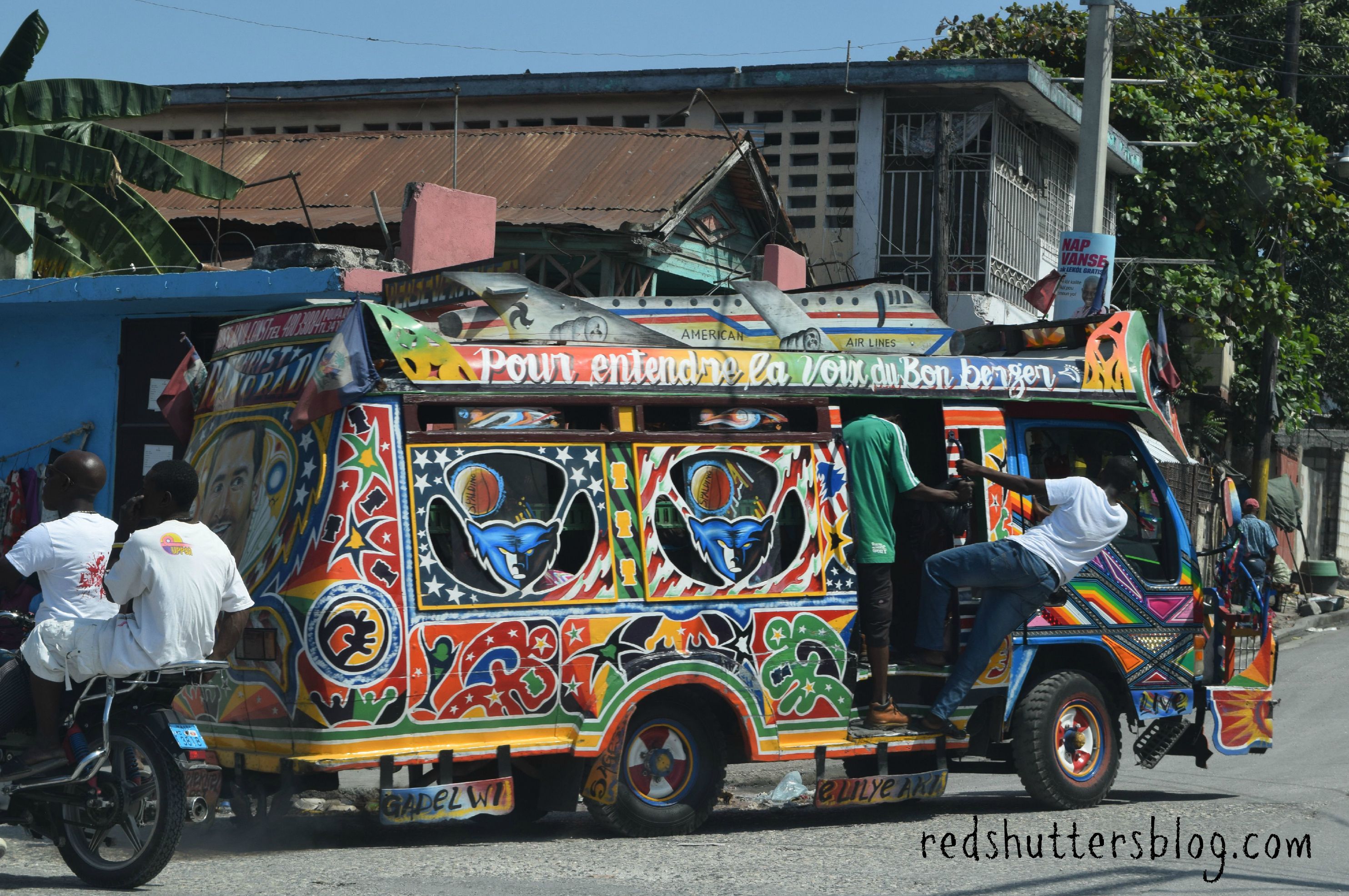

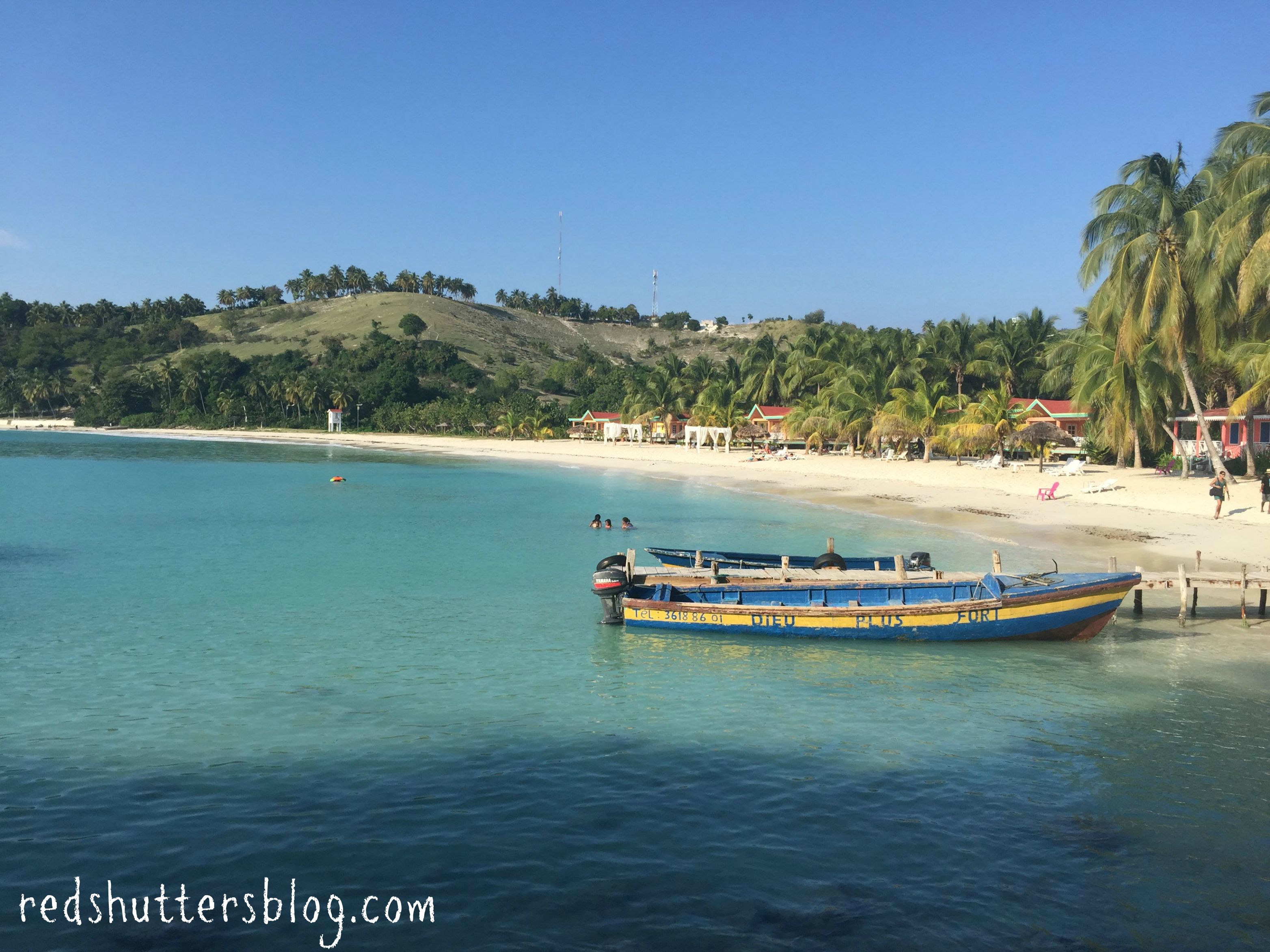
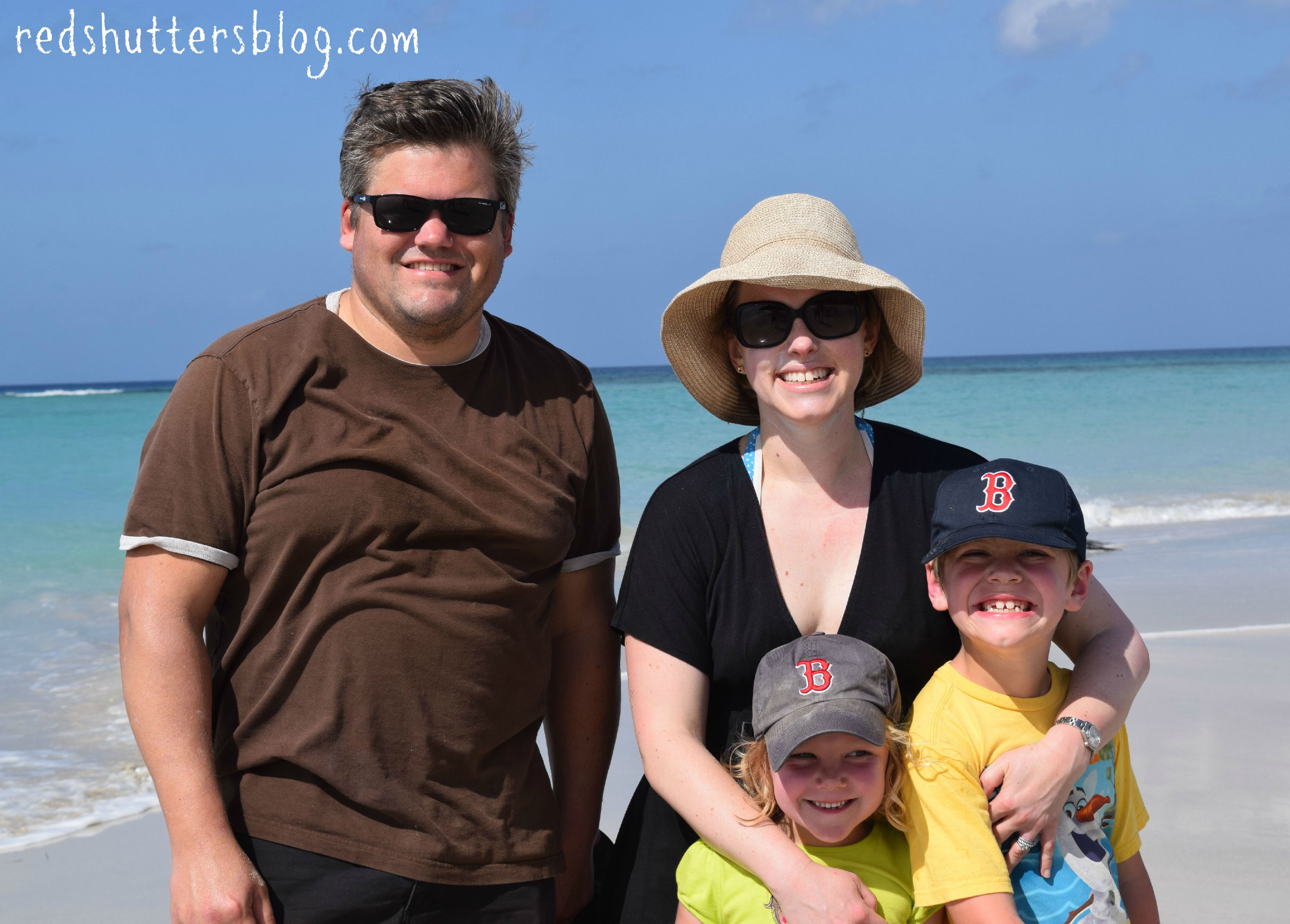

What an amazing experience for your kids! It takes courage to travel outside your comfort zone, and I’m sure they’ll always remember this experience.
Oh my goodness! How fabulous that you took your family to Haiti and yes, it is an atypical family vacation spot but a truly beautiful one! I’ve been traveling to Haiti for the last 4 years, working with artisans who create products for US retailers like Macy’s Heart of Haiti line, West Elm, Anthropologie, etc. and was able to take my 11 year old daughter during my February trip because she’s been dying to go! Jacmel is gorgeous and definitely worth the trip over the windy mountain roads and Cap Haitien is on my bucket list! I’d love to talk to you more about your travels! If you’d like to read about my travels to Haiti, you can check out my posts here: http://techsavvymama.com/bloggers4haiti
Great post on what looks like a fabulous trip!